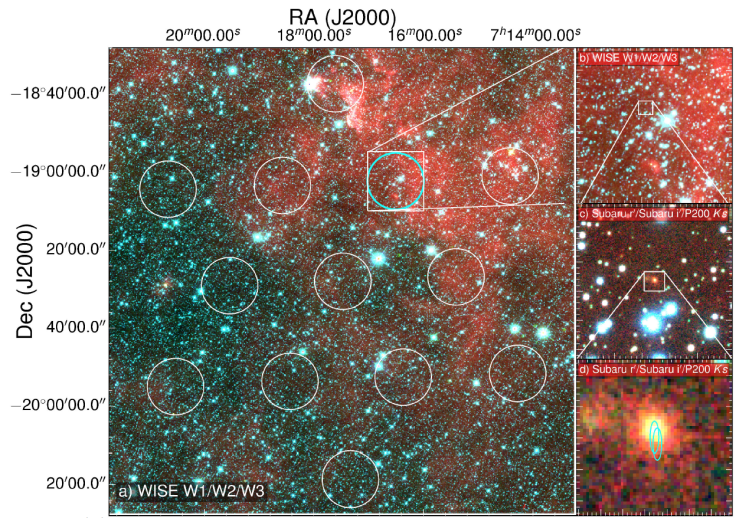Mysterious Fast Radio Burst Traced To A Galaxy Far, Far Away

For nearly a decade now, Fast Radio Bursts (FRB) — intense bursts of radio emission lasting mere milliseconds — have puzzled scientists. The longstanding mystery of their origin, which has further been compounded by the fact that only 17 such events have ever been detected, has spawned a plethora of scientific (and not so scientific) theories, including the occasional speculation that aliens are responsible for them.
Now, for the first time ever, scientists have pinpointed the source of an FRB. The signal, named FRB 150418, was caught by a telescope on April 18, 2015, and hours later, other telescopes around the world found its location, tracing the source of the burst to a galaxy about 6 billion light-years away.
This marks the first time the distance to an FRB has been measured and its point of origin located. By comparison, the first FRB ever detected also struck the same dish — the 64-meter Parkes radio telescope in Australia — in 2001, but was only reported in 2007.
“In the past FRBs have been found by sifting through data months or even years later. By that time it is too late to do follow up observations,” Evan Keane, a scientist at the Square Kilometre Array Organisation in the U.K. and lead author of a study published in the journal Nature, said in a statement. “It’s the first time we’ve been able to identify the host galaxy of an FRB.”
The fact that FRB 150418 came from an old elliptical galaxy means that it was more likely to have been caused by a merger of dead stars, rather than from a supernova.
In addition to providing the first clue to what produces these mysterious signals, pinpointing the location of the FRB has another unexpected benefit — it helps scientists locate the universe’s “missing matter.”
Current models of the cosmos indicate that it is made up of up to 70 percent dark energy and 25 percent dark matter. Only 5 percent of the universe is believed to be made of normal matter, and that makes up every single galaxy, planet and star we see around us. However, through observations of stars and galaxies, astronomers have only been able to account for about half of the ordinary matter, while the rest could not be seen directly — hence the word “missing.”
Using FRB 150418, Keane and his colleagues were able to locate this missing matter in the region between the signal’s point of origin and Earth. As radio waves travel through space, they run into gas and other material, which has an effect on the signal. By looking at delays in various radio frequencies, the team was able to calculate exactly how much material it had passed through during its 6 billion light-year journey.
“The good news is our observations and the model match, we have found the missing matter” Keane said in the statement. “It’s the first time a fast radio burst has been used to conduct a cosmological measurement.”
© Copyright IBTimes 2024. All rights reserved.






















